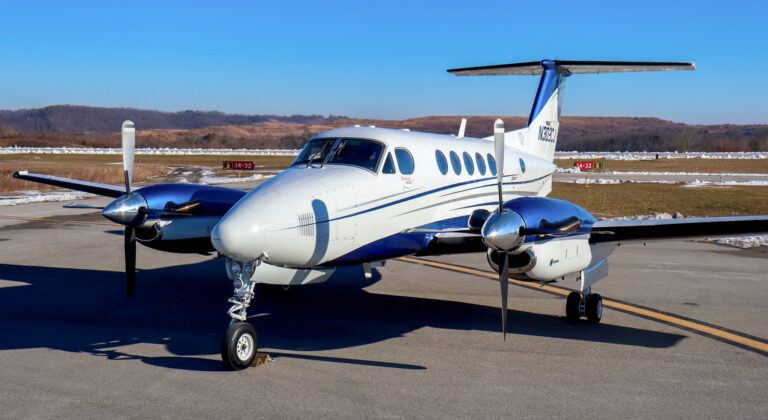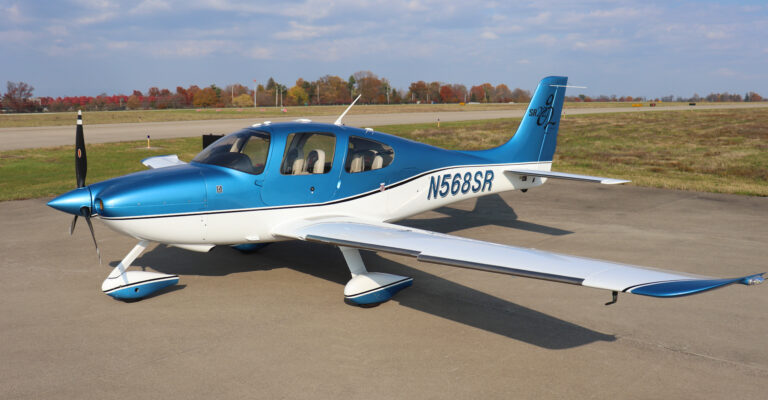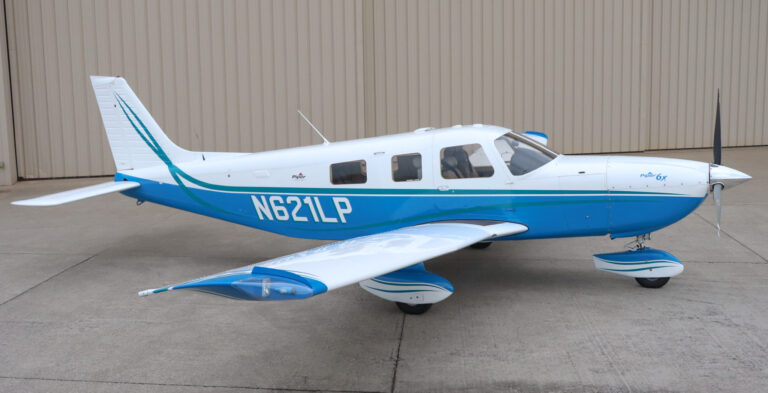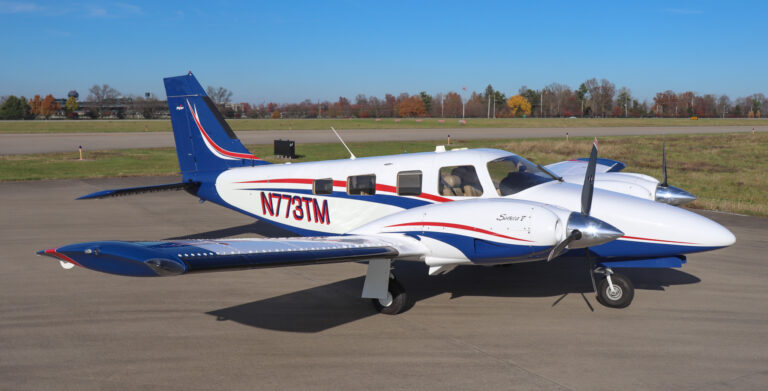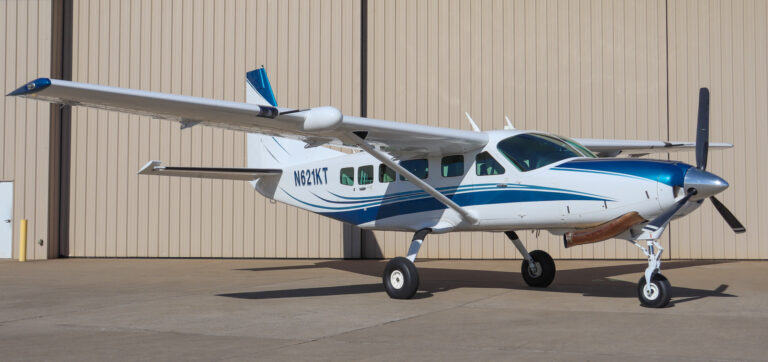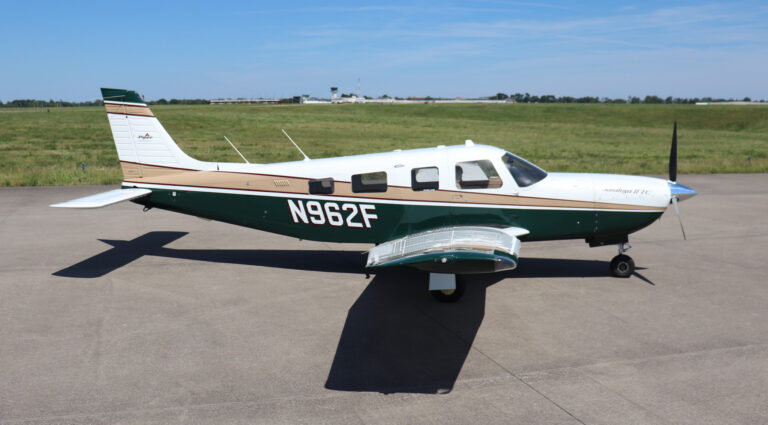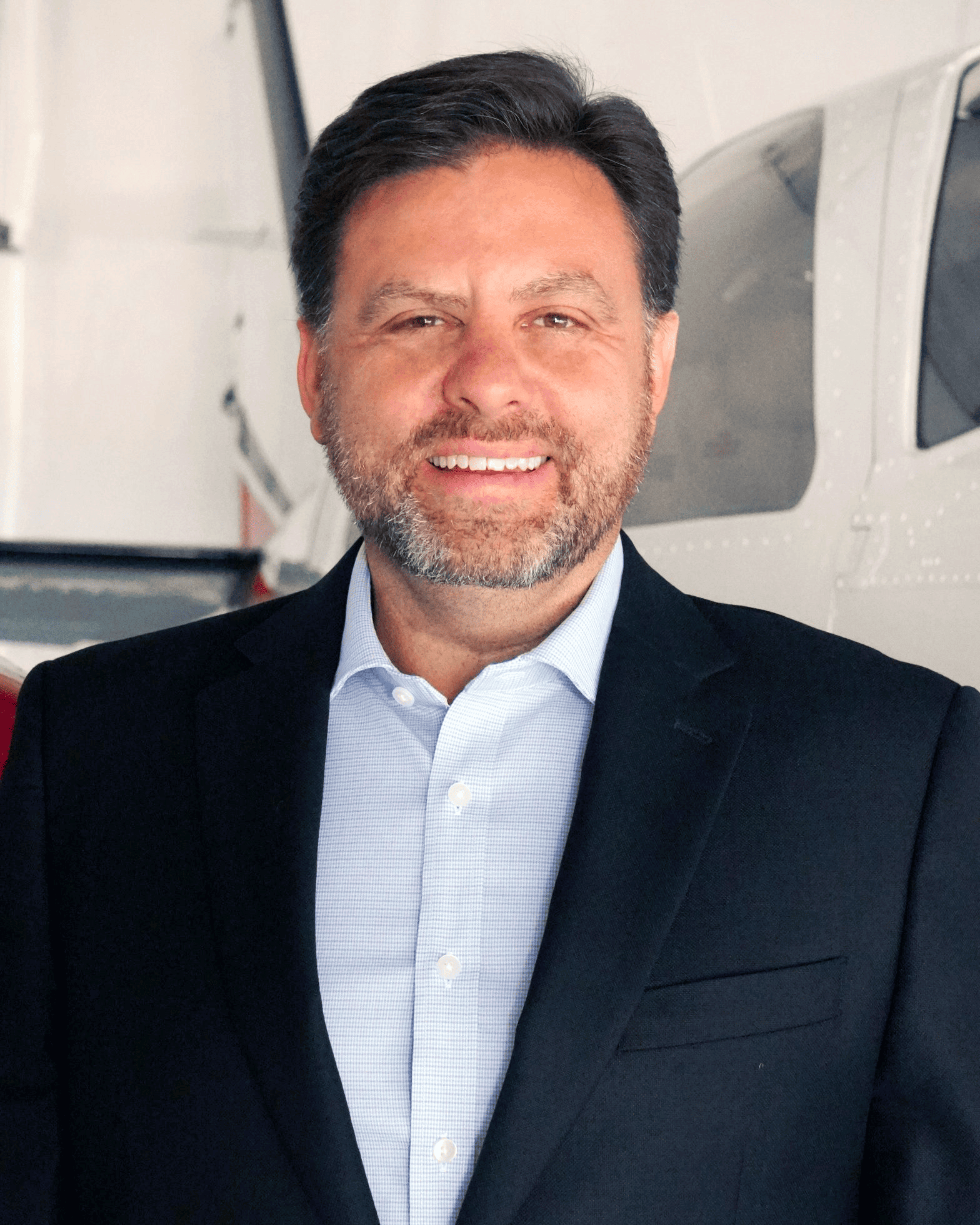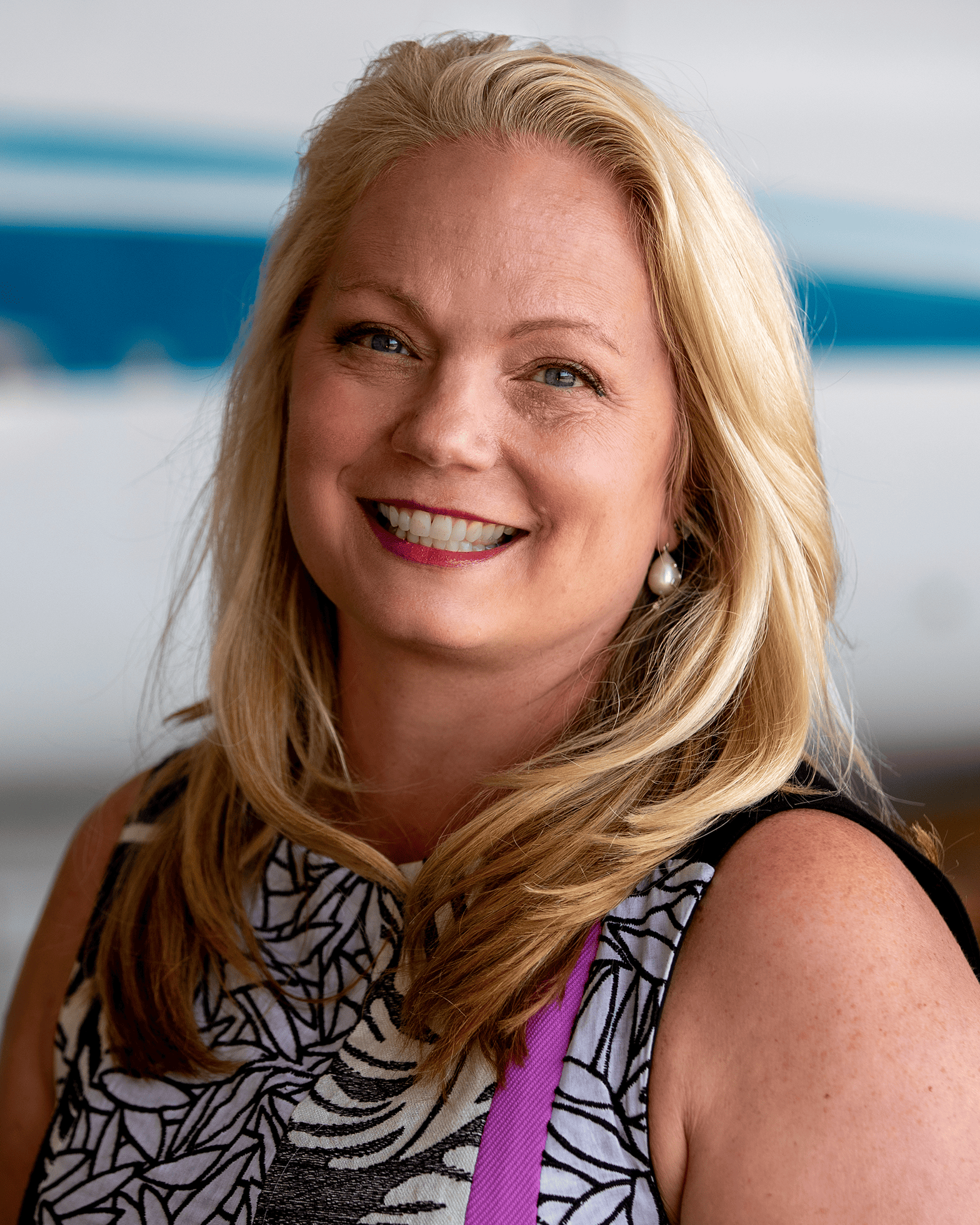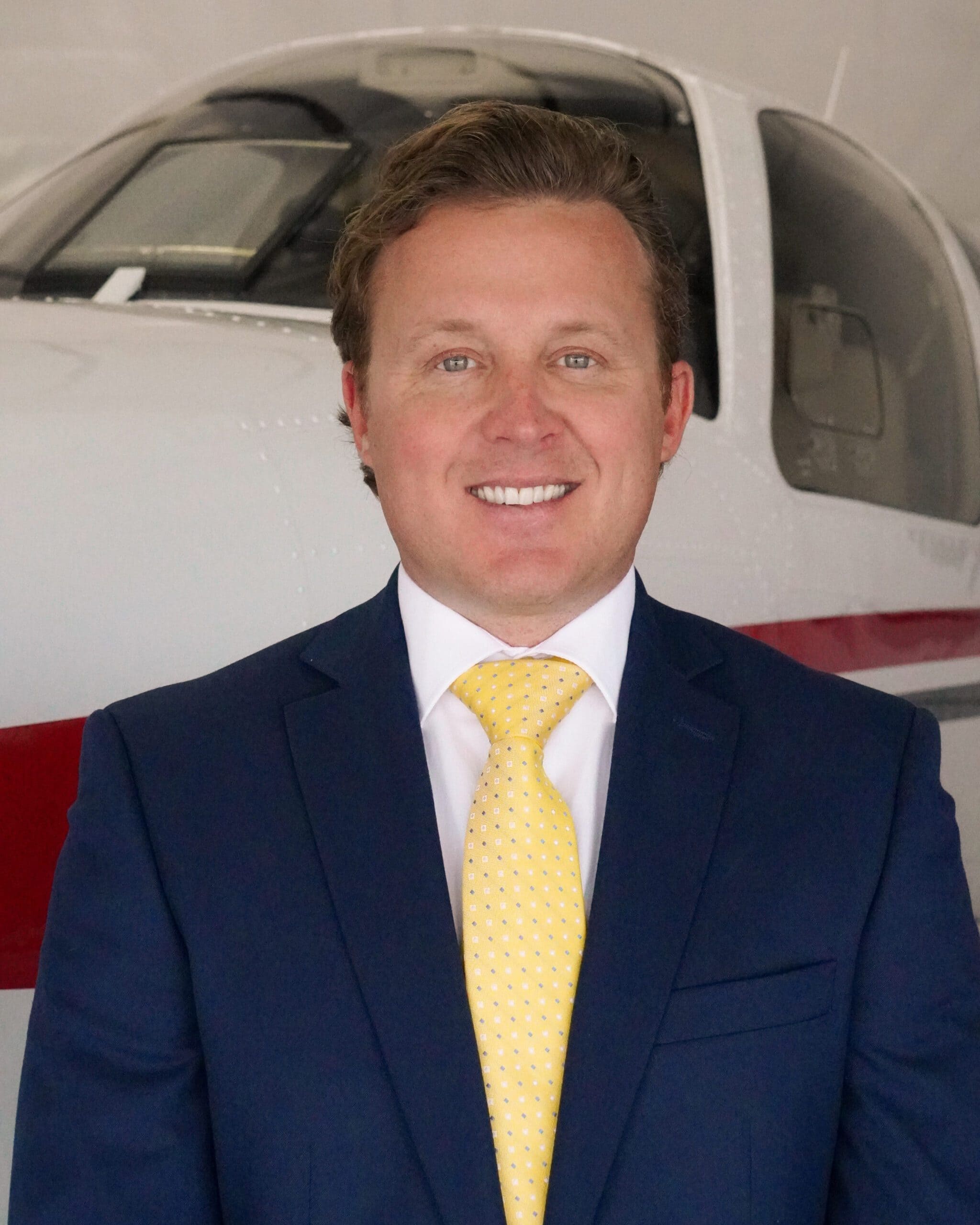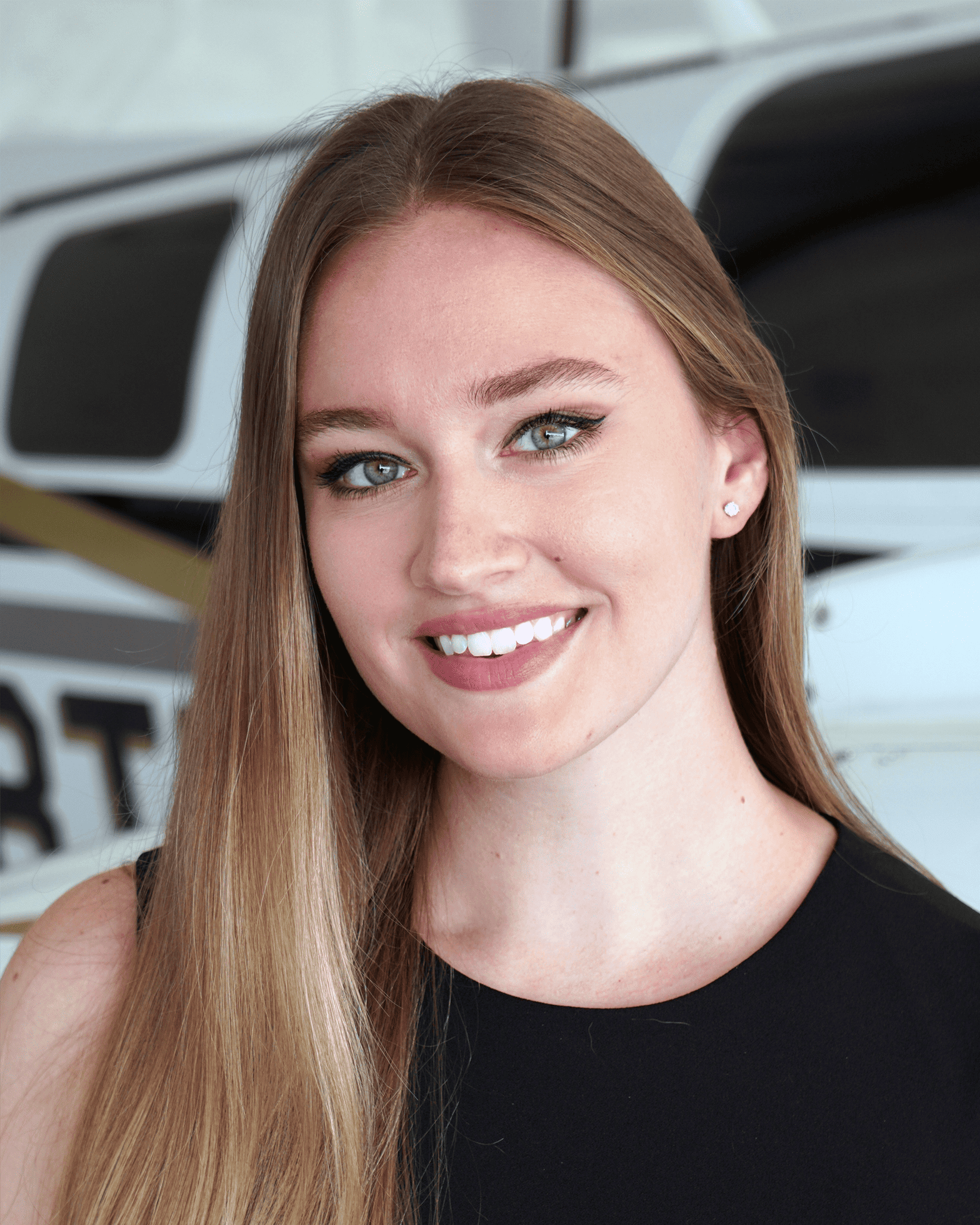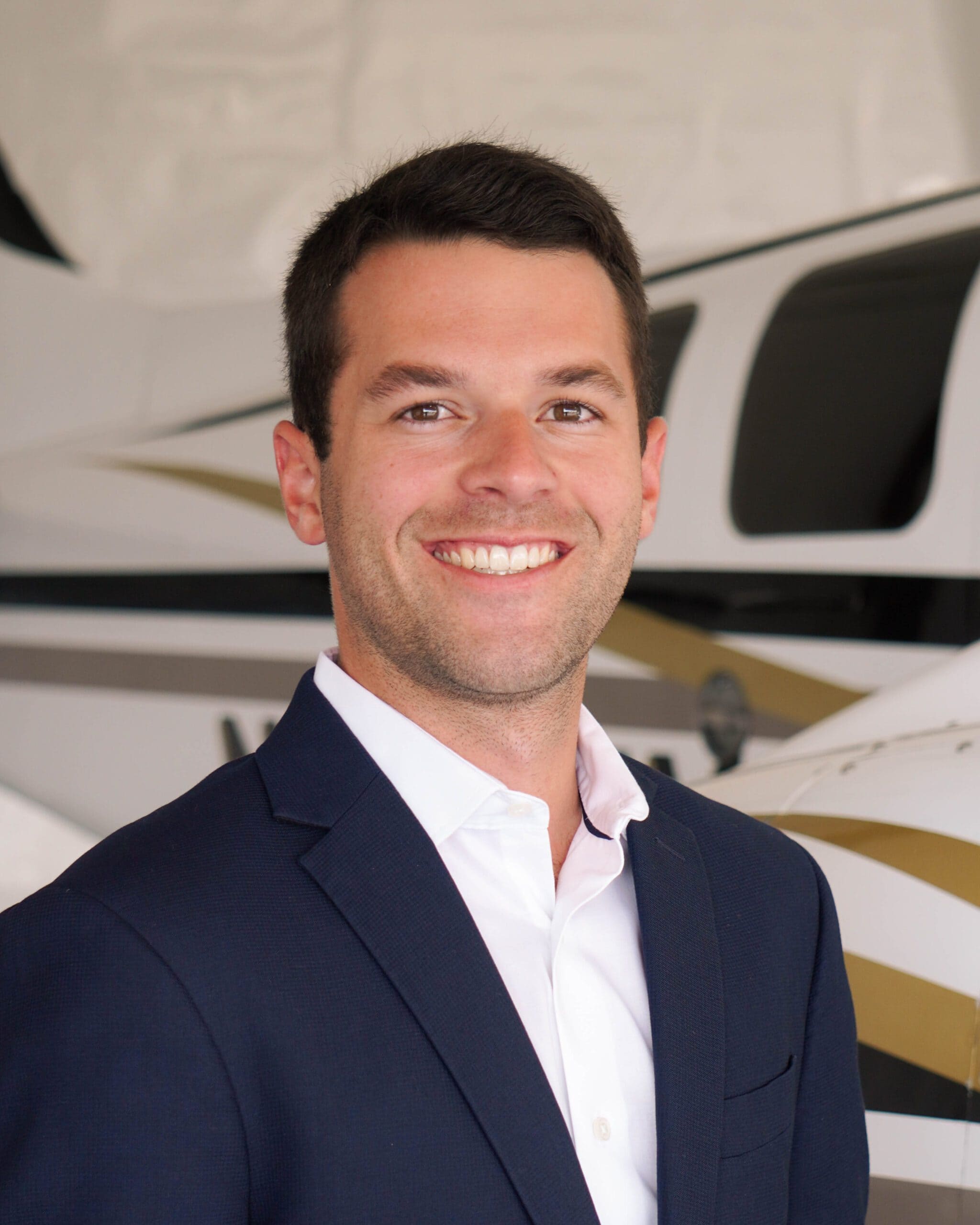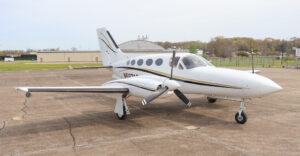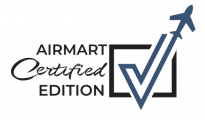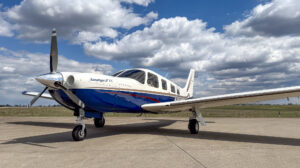
To Lease or to Own? Choosing the Right Aircraft Acquisition Strategy
- April 2, 2025
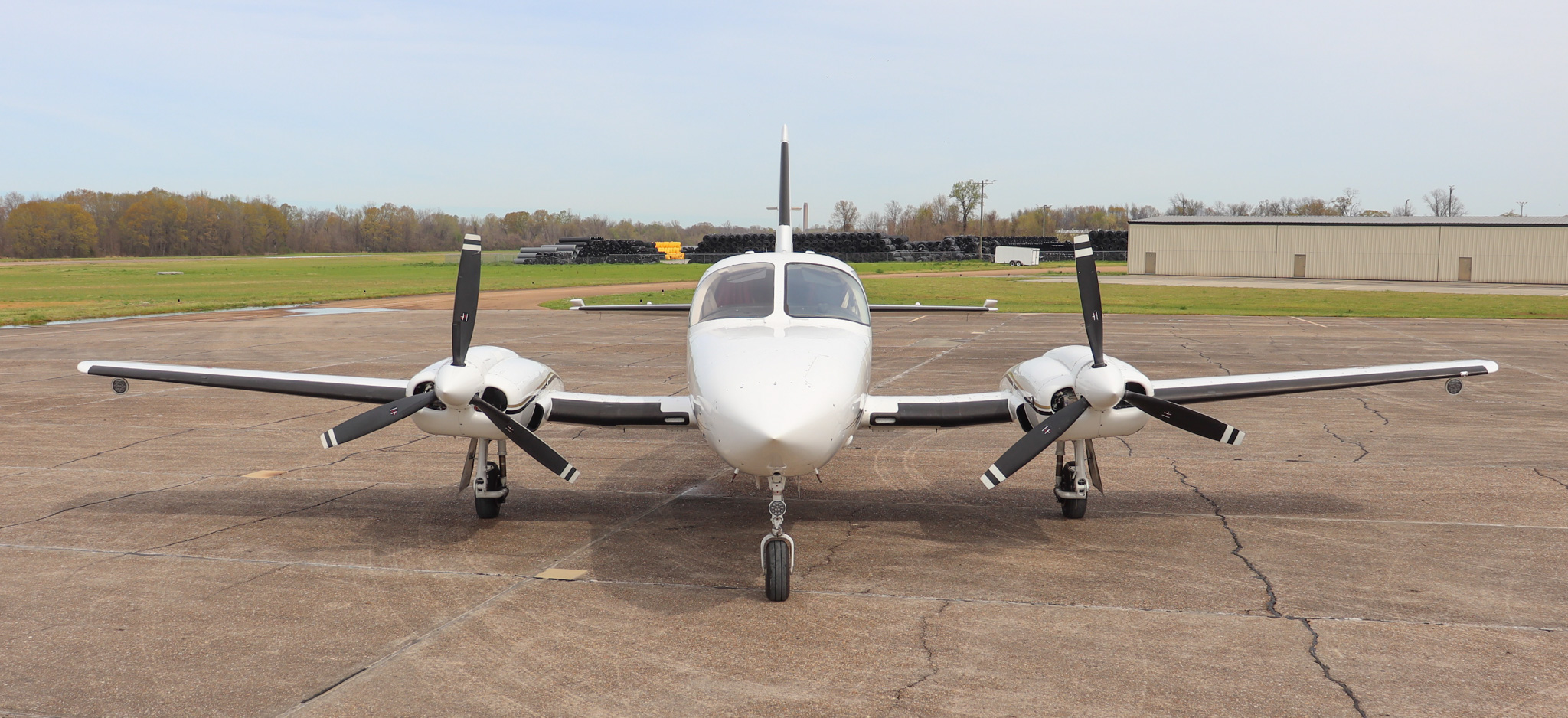

By Airmart Team
Acquiring an aircraft is a significant investment, and deciding whether to lease or own it is one of the most crucial choices for buyers. Both options have advantages, risks, and financial implications. The right strategy depends on operational needs, financial stability, long-term goals, and tax considerations.
In this blog, we will discuss the key differences between leasing and owning an aircraft, the pros and cons of each, and how to determine which option is best for your needs.
Understanding the Basics: Leasing vs. Owning an Aircraft
Before exploring the benefits and drawbacks of each option, it is essential to understand the fundamental differences between leasing and owning an aircraft.
- Leasing involves renting an aircraft for a specified period. The lessee pays regular installments but does not own the aircraft. Leasing contracts typically range from a few months to several years.
- Owning: Involves purchasing the aircraft outright. The buyer holds the full title and is responsible for all costs, including maintenance, insurance, and depreciation.
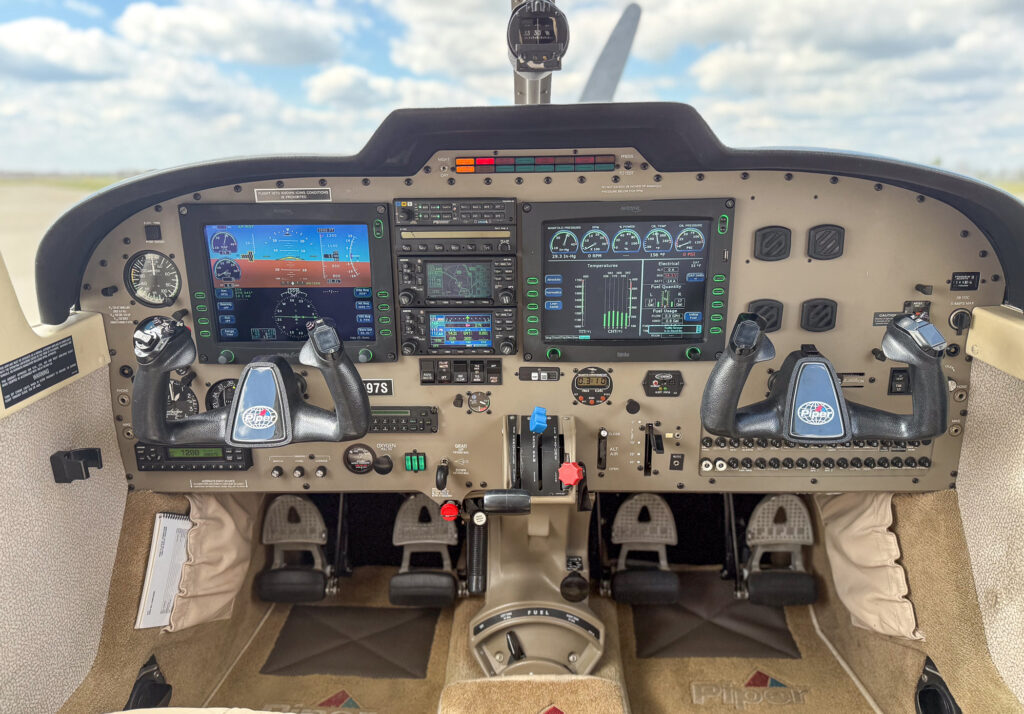
Advantages of Leasing an Aircraft
Leasing is an attractive option for many aviation businesses and private owners due to its financial flexibility and lower upfront costs. Here’s why leasing may be the right choice:
1. Lower Initial Capital Outlay
Leasing requires significantly less upfront investment than purchasing. This makes it an appealing option for individuals or companies looking to avoid committing large amounts of capital.
- Example: Purchasing a mid-sized business jet could cost around $20 million, while leasing might only require a $500,000 down payment and manageable monthly payments.
2. Predictable Operating Costs
When you lease an aircraft, you often pay a fixed monthly fee, which makes budgeting easier. Maintenance and repair costs are sometimes included in the lease, protecting lessees from unexpected expenses.
3. Flexibility and Upgrades
Leasing offers greater flexibility, especially for companies with changing operational needs. At the end of the lease term, you can upgrade to a newer model, ensuring you always have access to the latest technology without being locked into long-term ownership.
4. Tax and Accounting Benefits
Leasing may offer tax advantages, as payments can be deducted as business expenses. This can reduce taxable income and provide financial benefits, especially for corporations.
Drawbacks of Leasing an Aircraft
While leasing offers flexibility, it also comes with some limitations:
1. No Ownership Equity
Since you do not own the aircraft, you cannot build equity. After years of leasing, you have no tangible asset for your investment.
2. Usage Restrictions
Leasing agreements often include restrictions on usage, flight hours, and modifications. Exceeding these limits can result in hefty fees.
3. Long-Term Costs May Be Higher
Although leasing has lower upfront costs, it may be more expensive over the long term. The cumulative lease payments could exceed the cost of purchasing the aircraft outright.
4. Potential Tax Advantages
Aircraft ownership can offer significant tax benefits, such as depreciation deductions and potential tax credits, making it a financially attractive option for businesses.
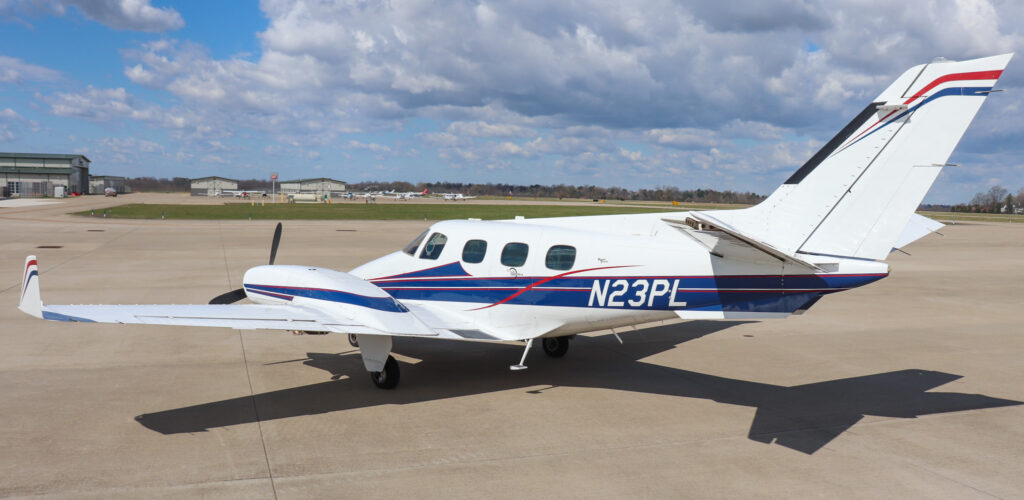
Drawbacks of Owning an Aircraft
Despite its benefits, ownership comes with its own set of challenges:
1. High Initial Investment
Purchasing an aircraft requires substantial capital, which may be a significant financial burden. Buyers need to factor in the purchase price, registration, taxes, and legal fees.
2. Ongoing Maintenance and Repair Costs
Unlike leasing, owners are fully responsible for all maintenance, repairs, and operational costs, which can be unpredictable and costly.
Example: The annual maintenance costs for a midsize jet can range from $500,000 to over $1 million.
3. Depreciation and Market Risks
Aircraft depreciate over time, which impacts their resale value. Additionally, market conditions and technological advancements can affect the asset’s worth.
Key Factors to Consider When Choosing Between Leasing and Owning
When deciding between leasing and owning, it is essential to consider the following factors:
Financial Stability
- Leasing suits companies with limited cash flow or those seeking short-term flexibility.
- Owning is preferable for those with strong financial backing seeking long-term value and asset control.
Frequency of Use
- Frequent flyers or businesses with consistent travel needs may benefit more from ownership.
- Occasional users may find leasing more economical and practical.
Tax Implications
Consult with a financial advisor to determine the tax benefits and implications of leasing and owning based on your region and business structure.
Operational Needs
- If you need access to the latest technology and models, leasing allows for regular upgrades.
- For specialized modifications or consistent flight operations, owning offers greater flexibility.
Leasing vs. Owning: Which One is Right for You?
The right aircraft acquisition strategy depends on your financial situation, operational needs, and long-term goals.
- Choose leasing if you prefer financial flexibility, lower upfront costs, and predictable expenses.
- Choose ownership if you prioritize full control, asset appreciation, and long-term stability.
Why Choose Airmart for Your Aircraft Acquisition?
At Airmart, we specialize in helping clients make informed decisions about aircraft acquisition. Whether you are considering leasing or purchasing, our team of experts offers:
- Comprehensive Market Analysis: We provide insights on aircraft models, market trends, and resale value.
- Tailored Acquisition Solutions: Whether you prefer leasing or owning, we offer customized solutions to fit your budget and operational goals.
- Expert Consultation: Our experienced advisors will guide you through the legal, financial, and tax considerations.
Take the Next Step with Airmart
Whether you are ready to lease or own an aircraft, Airmart is here to help you make the best decision. Our team of aviation specialists will guide you through the entire acquisition process, ensuring you choose the right strategy to meet your goals.
Contact Airmart today to explore your aircraft acquisition options and take flight with confidence!

